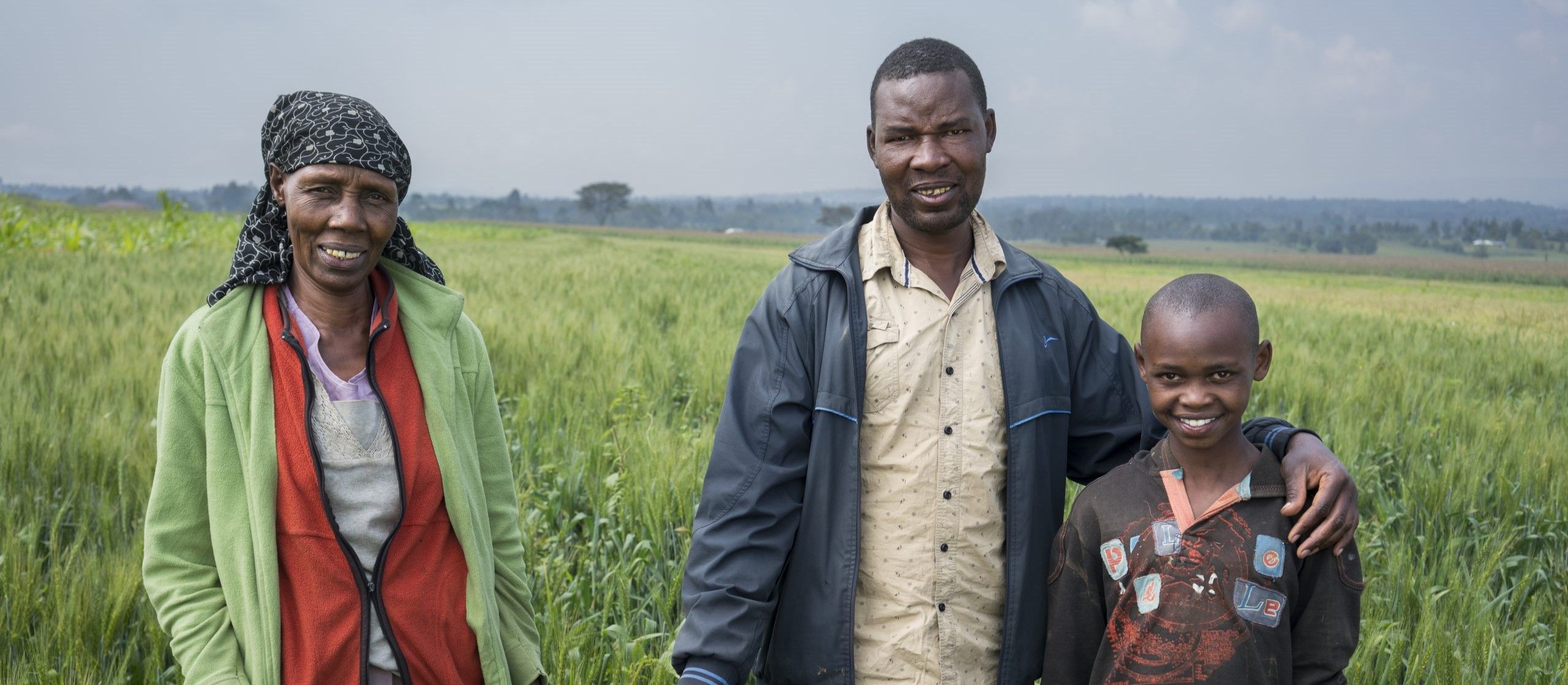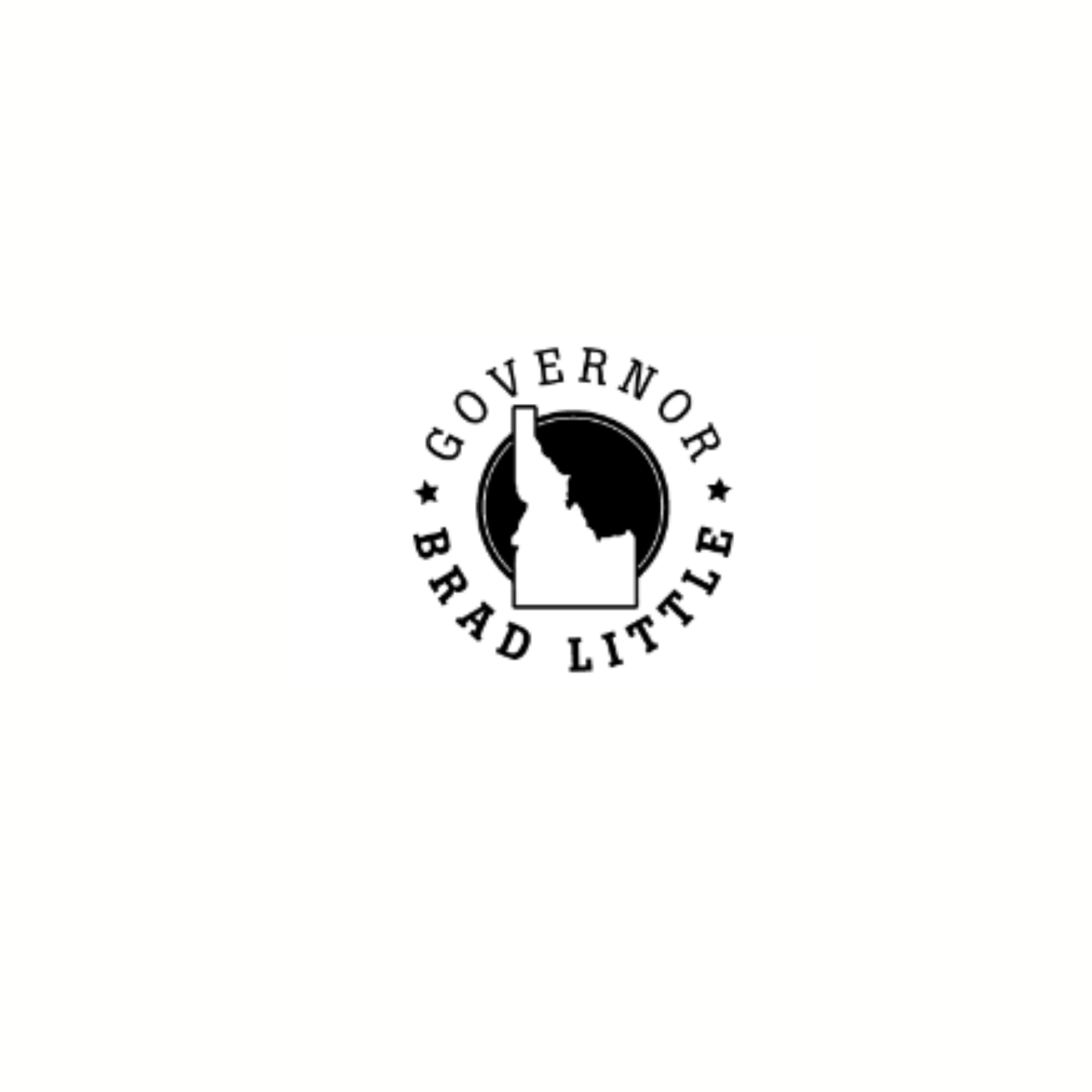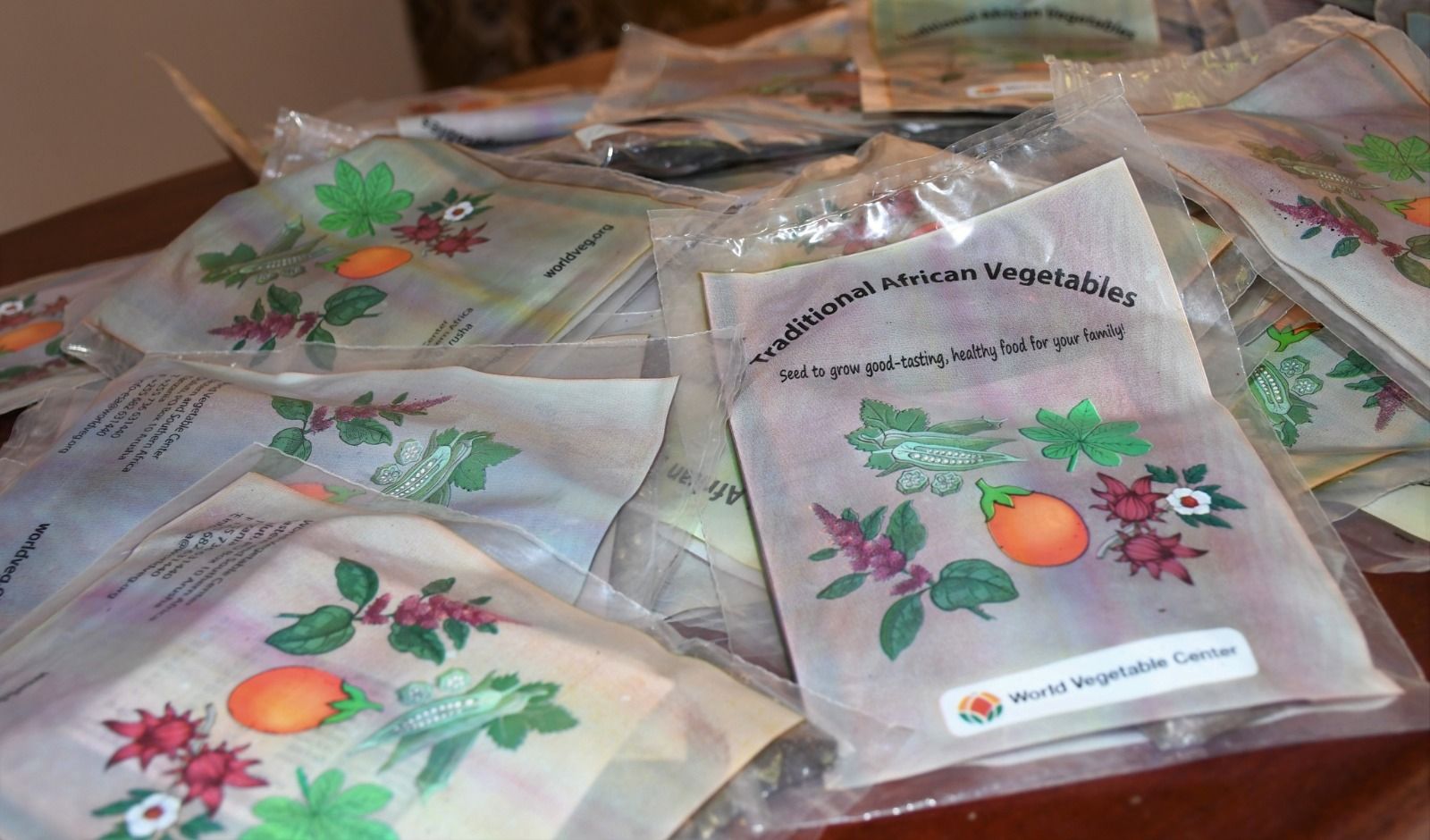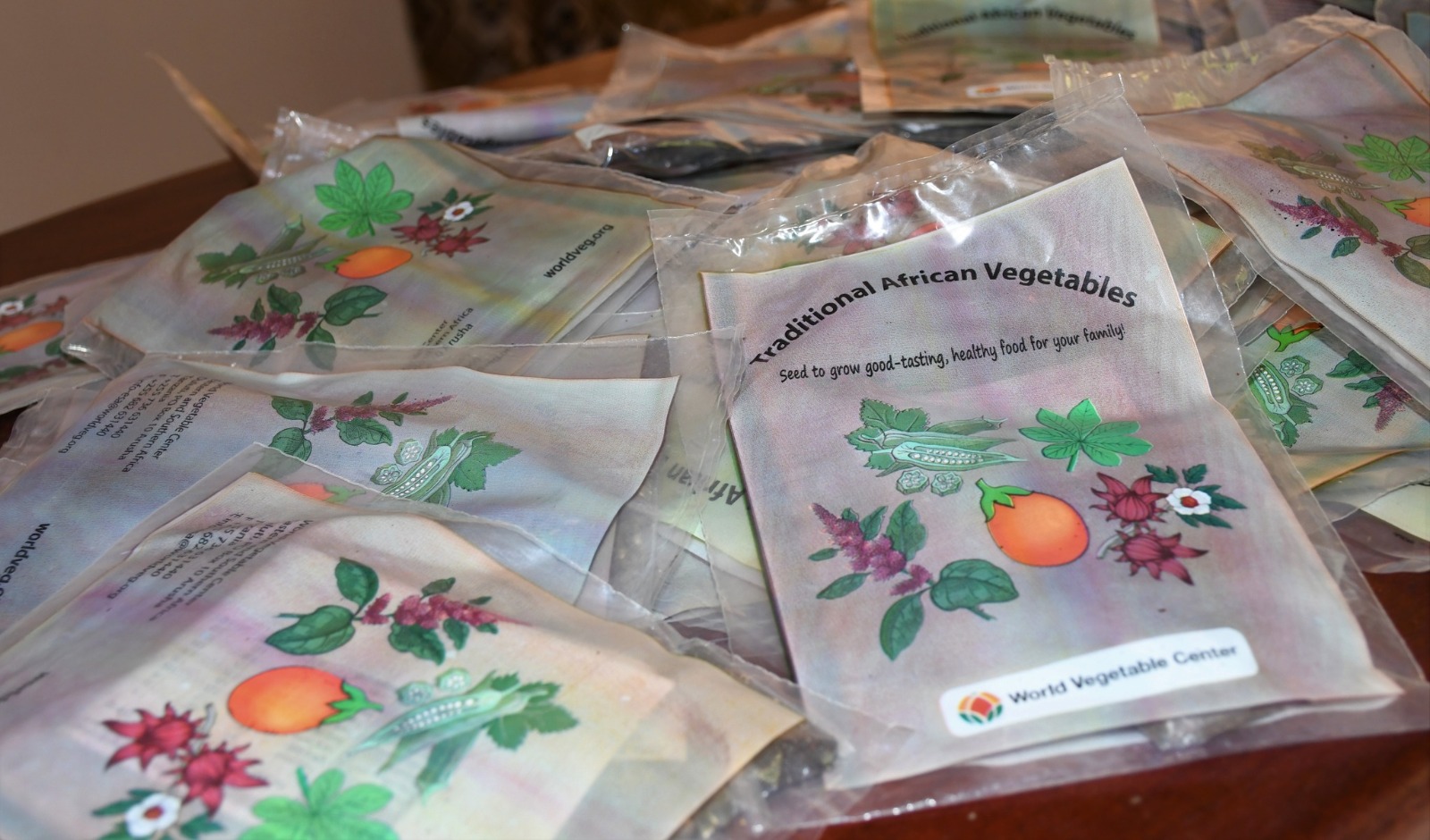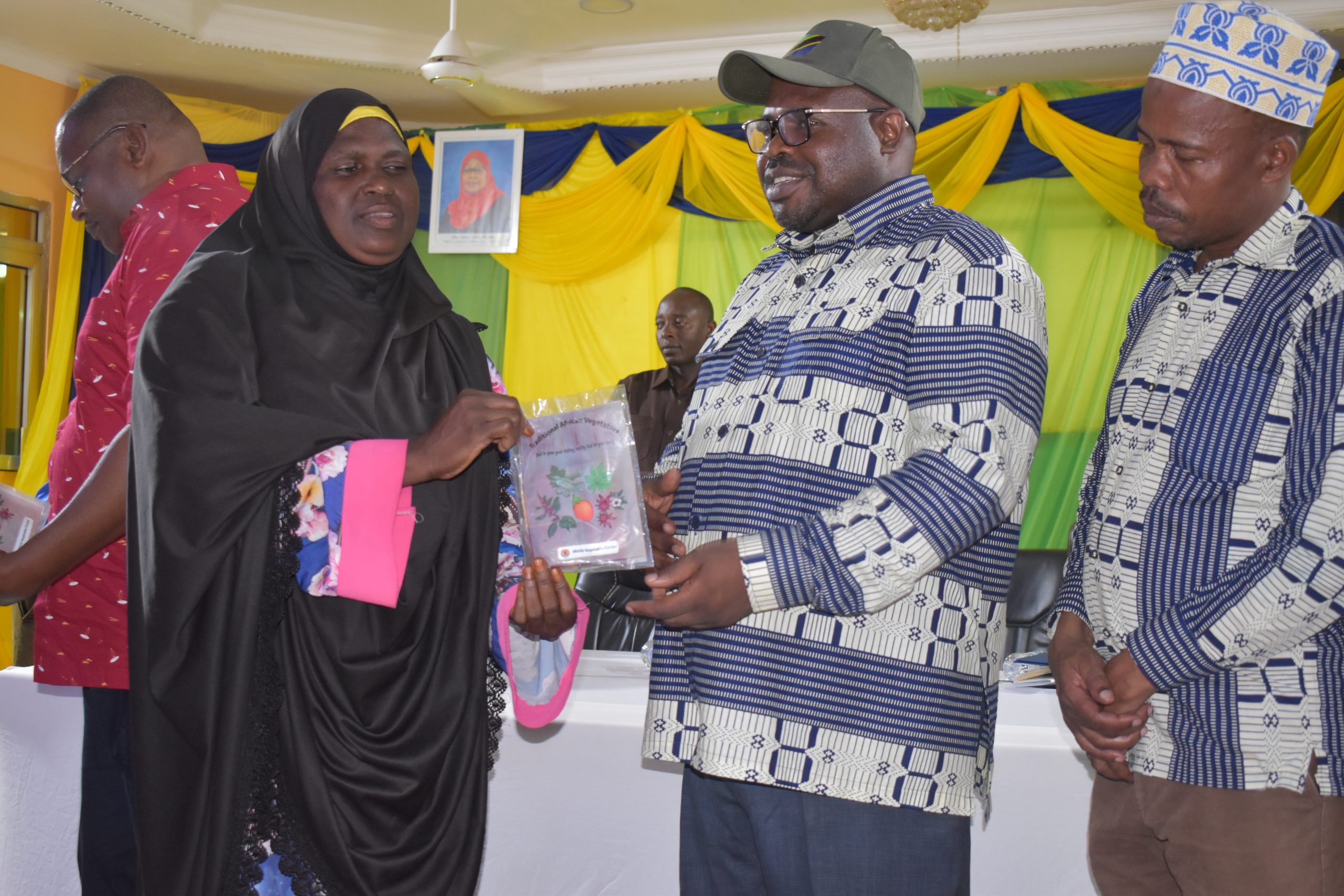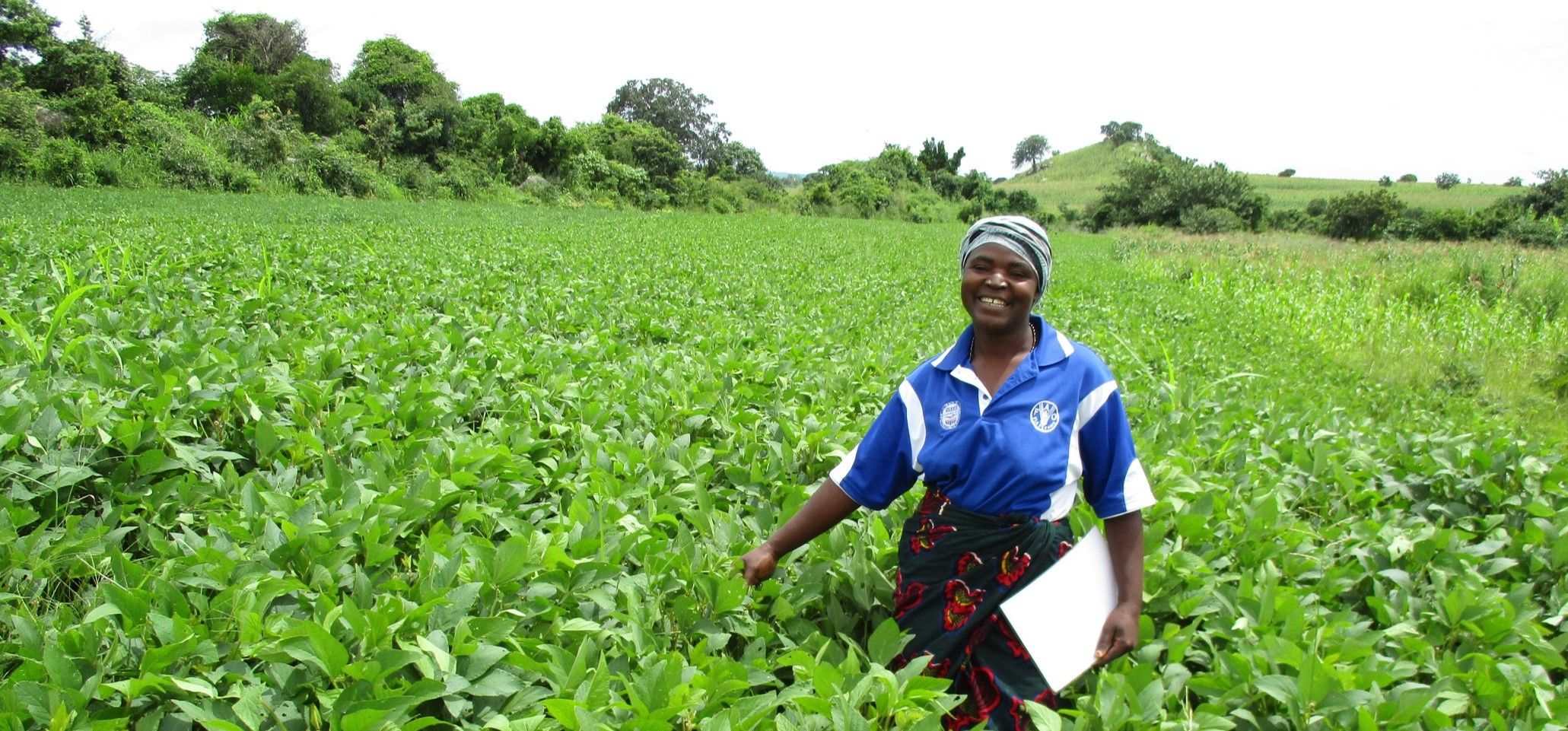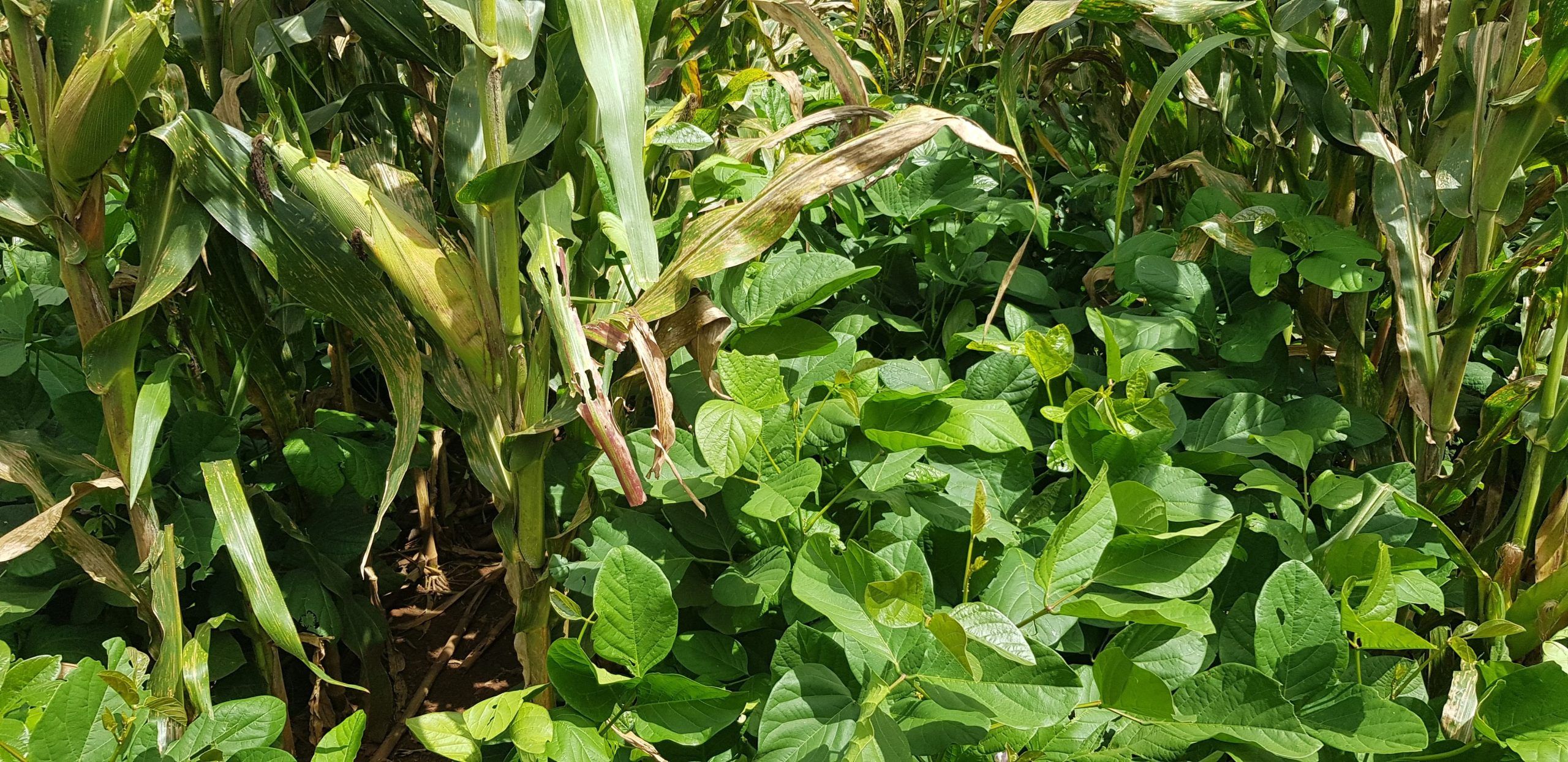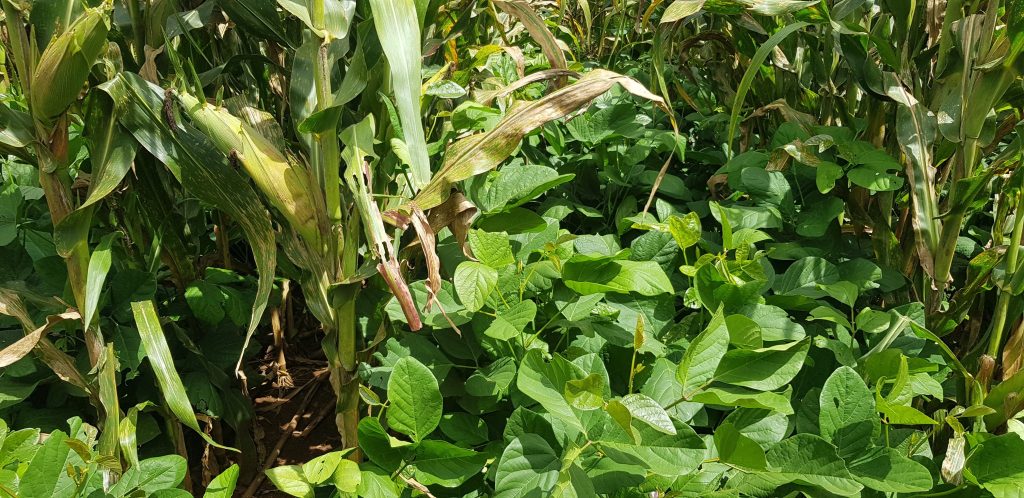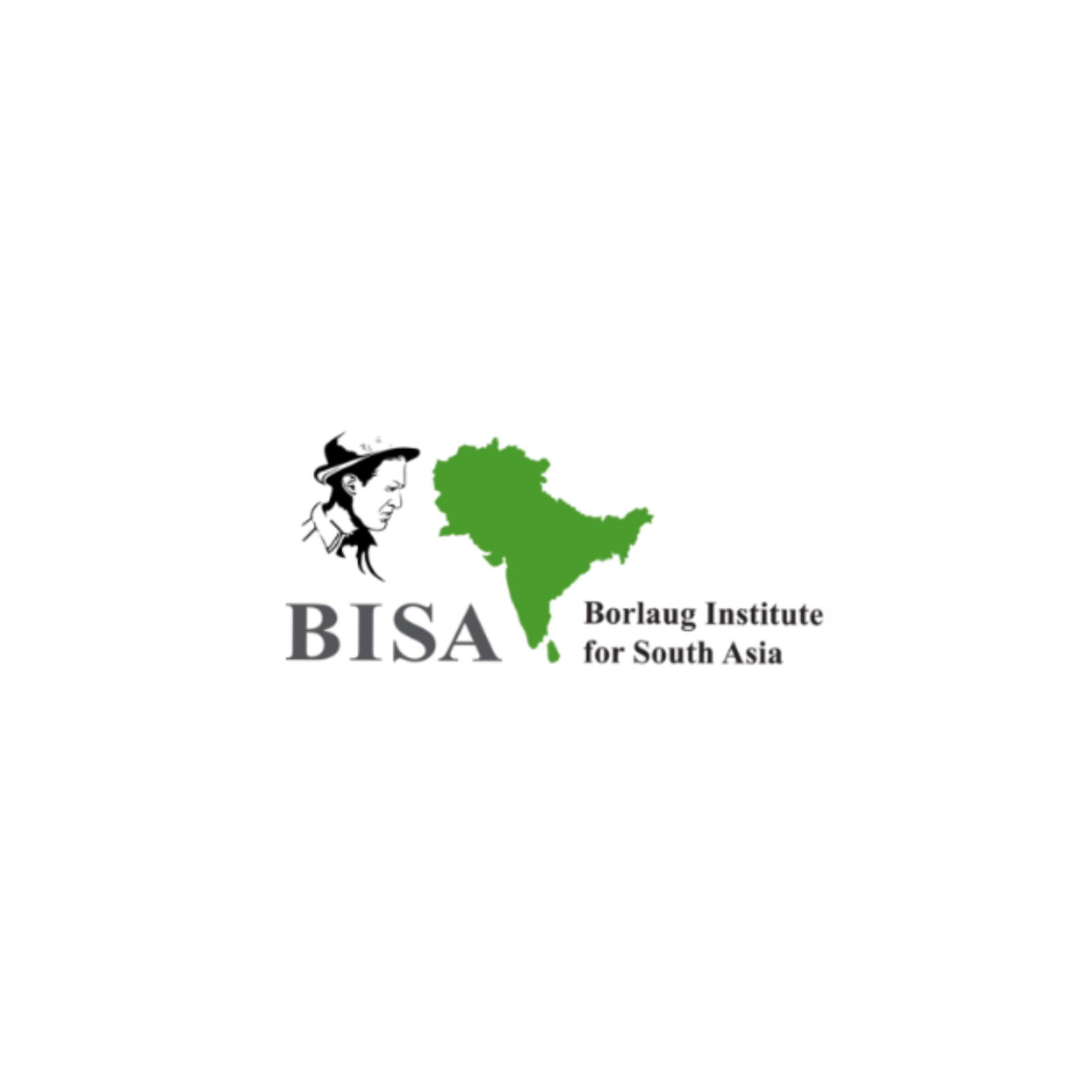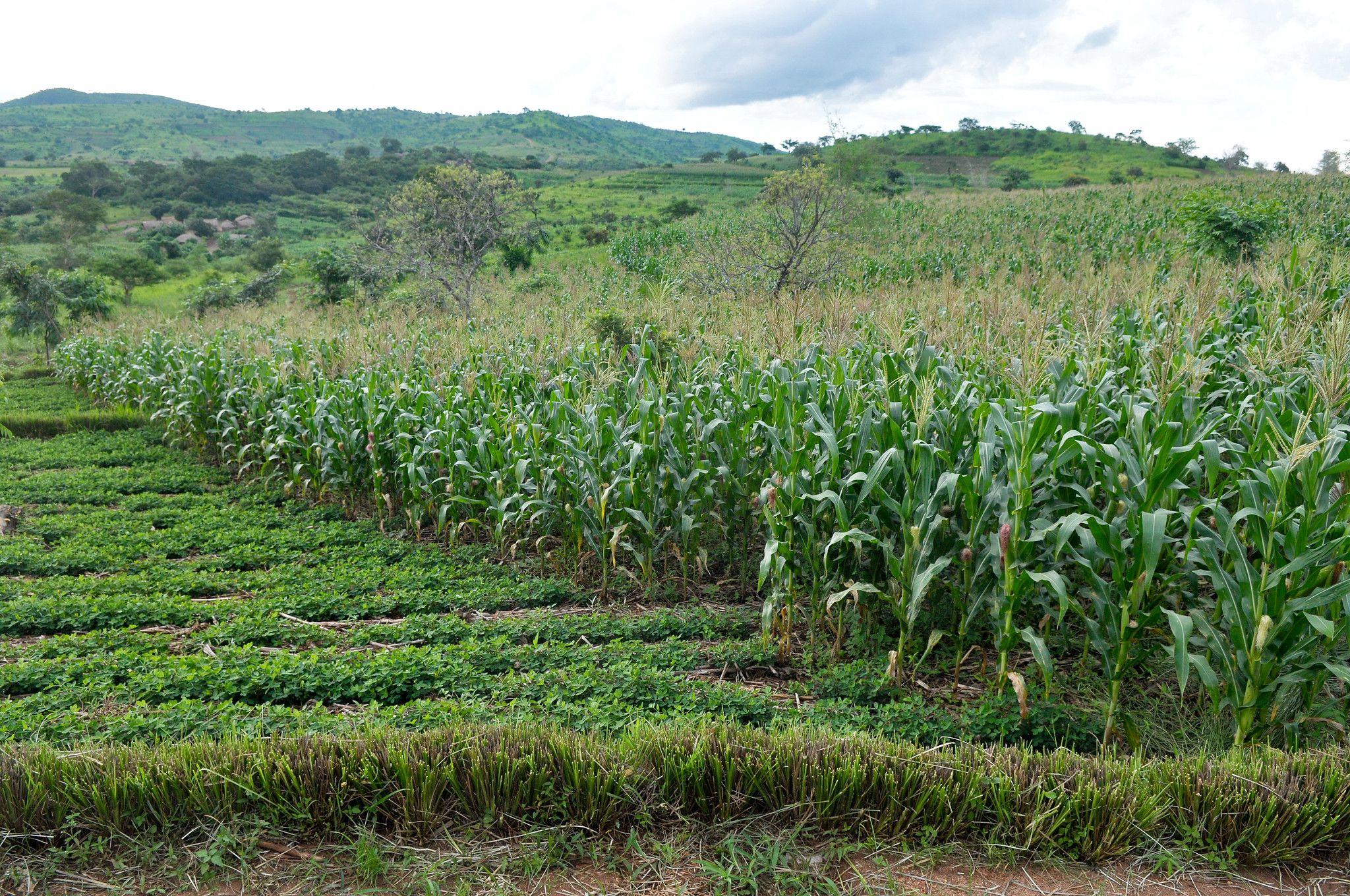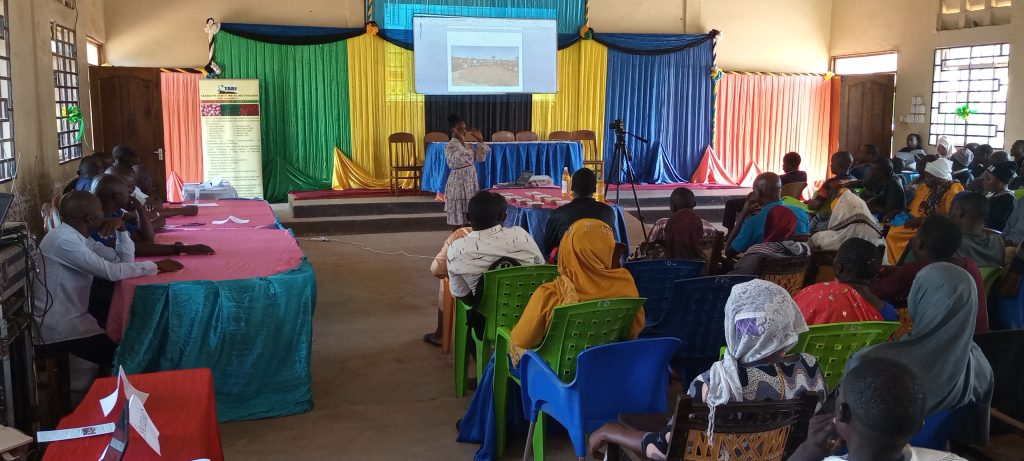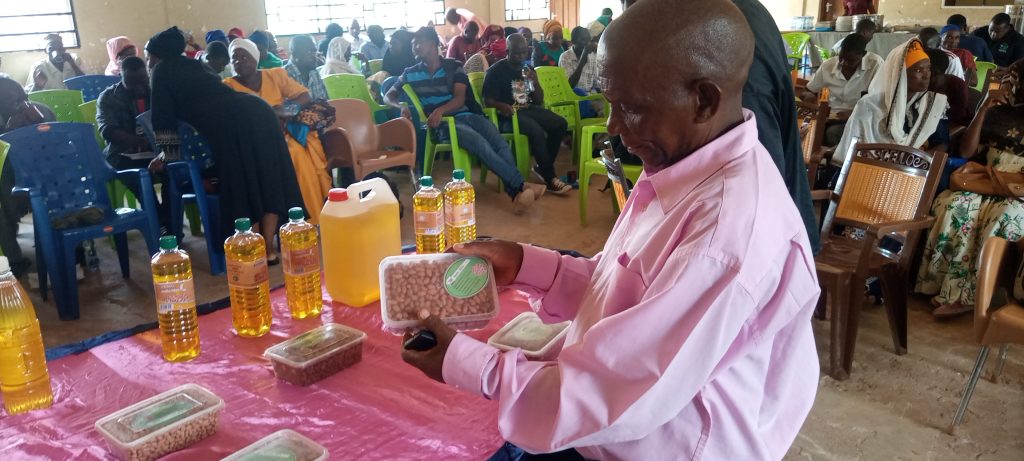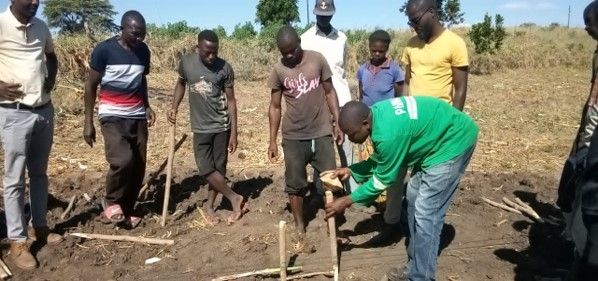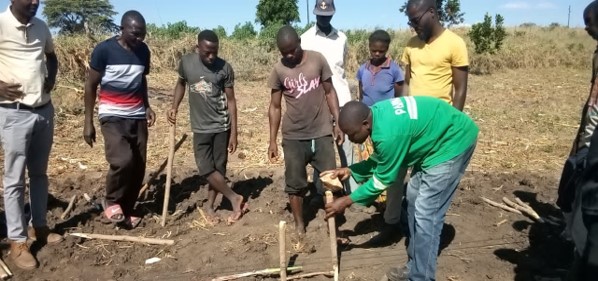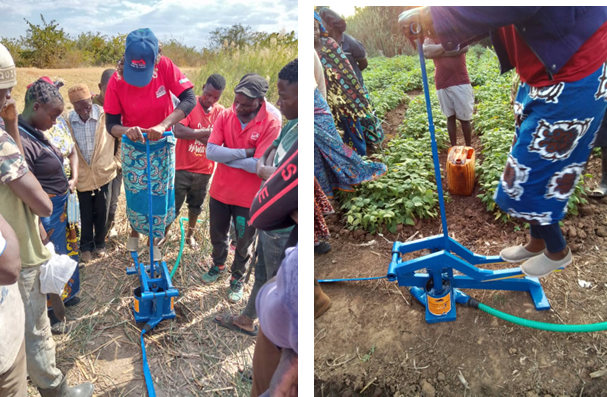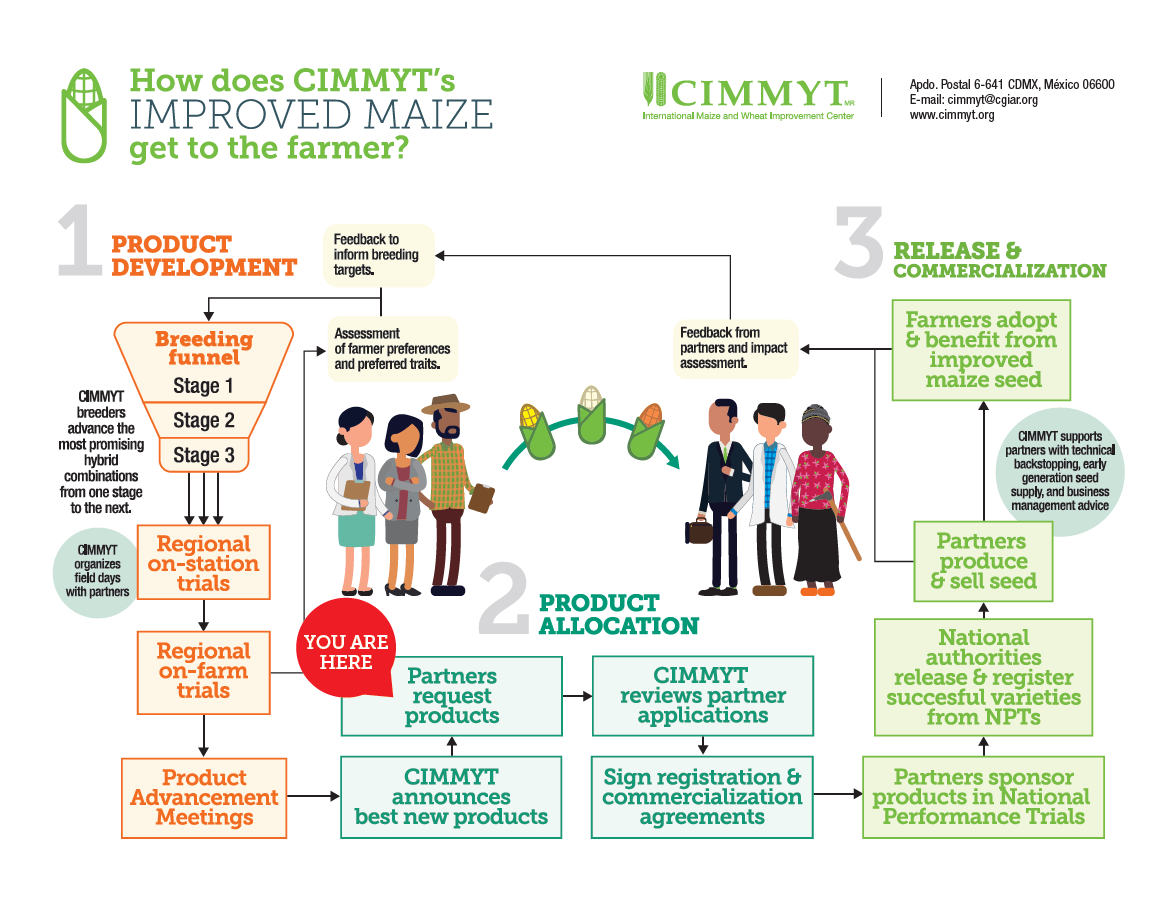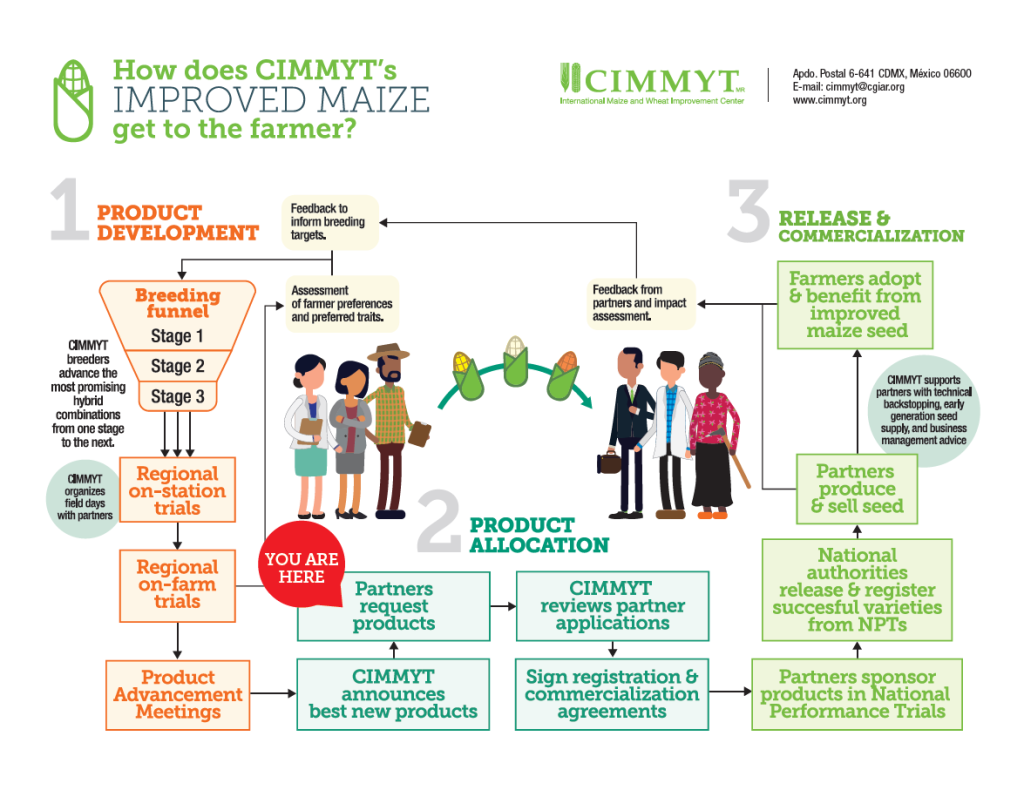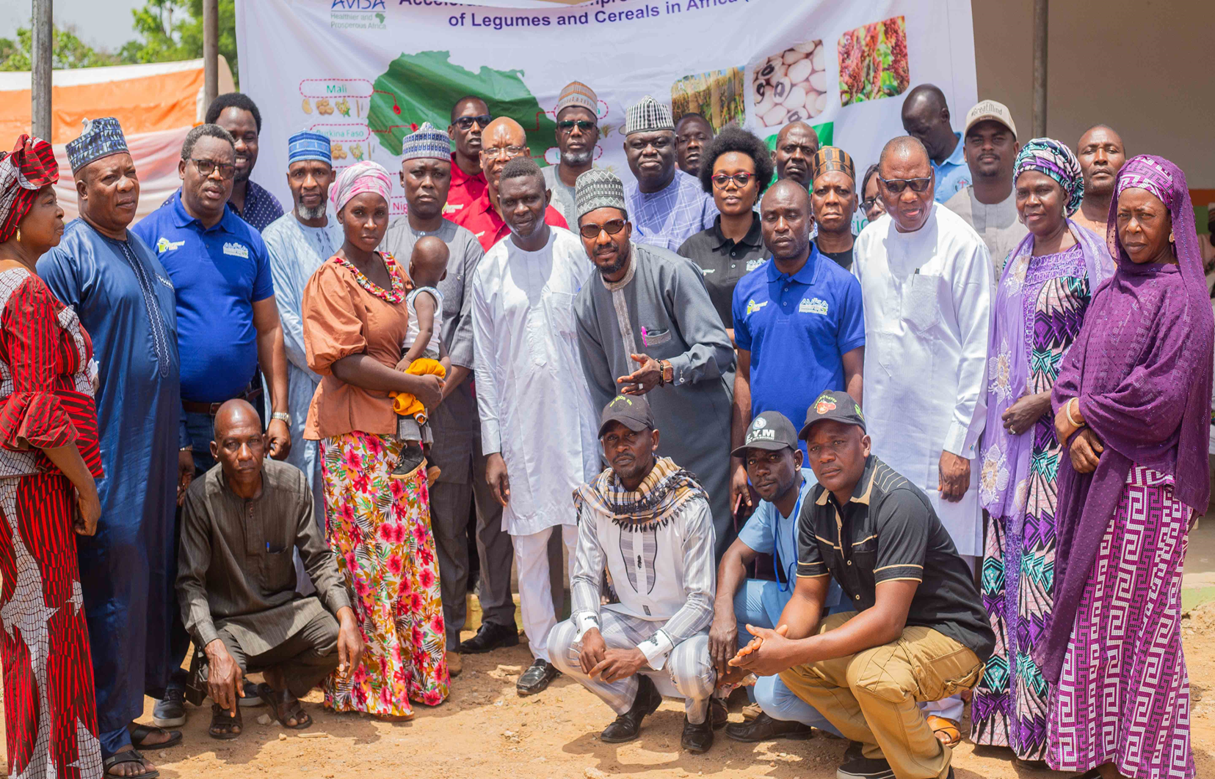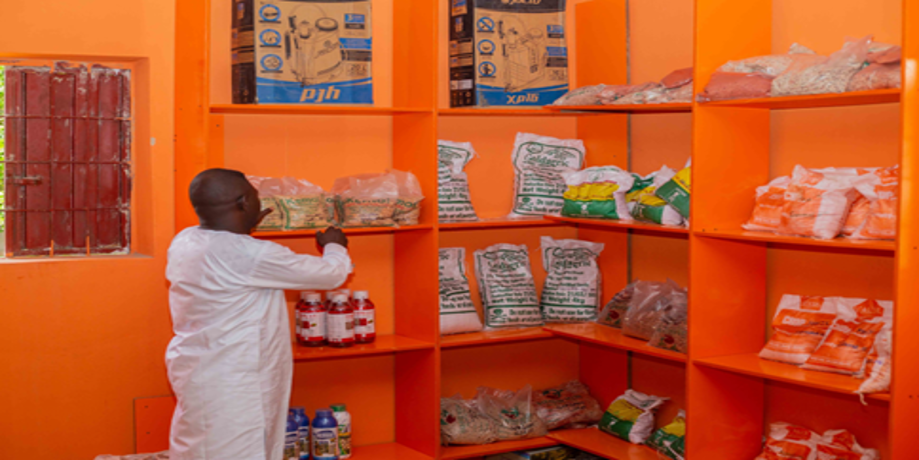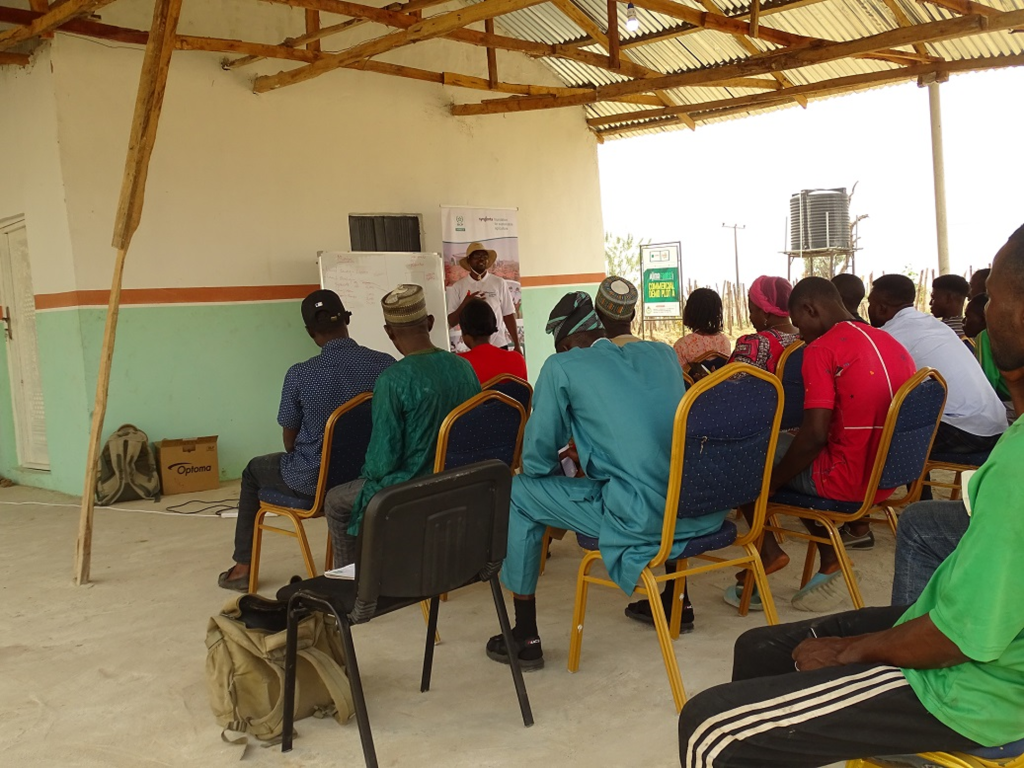Millers in Nigeria laud the release to farmers of co-developed, CIMMYT-derived wheat varieties
Nigerian wheat scientists and millers recently recognized and thanked CIMMYT for its contributions to four new wheat varieties released to farmers, citing the varieties’ exceptional performance in field trials and farmers’ fields across national wheat-growing regions.
“The release of these four wheat varieties, uniquely tailored to suit our local conditions, has marked a significant milestone in enhancing food security and farmer livelihoods,” said Ahamed T. Abdullahi, agronomist for wheat value chains at the Flour Milling Association of Nigeria (FMAN), in a recent message to CIMMYT’s Global Wheat program. “The improved characteristics, such as higher yield potential, enhanced disease resistance, and adaptability to local climatic conditions, have significantly boosted wheat productivity. Moreover, the quality profiles of these varieties, as expressed in Nigeria, comply fully with the standards required by the local industry.”
Two of the varieties are bread wheat and yield up to 7 tons of grain per hectare, according to a recent Nigeria Tribune article. The other two are durum wheat, a species grown to make pasta and foods such as couscous and tabbouleh. One of those, given the name LACRIWHIT 14D in Nigeria, was from a CIMMYT wheat line selected for its novel genetic resistance to leaf rust and high-yield potential under irrigated conditions. It was also released in Mexico under the name CIRNO C2008 and is the country’s number-one durum wheat variety, according to Karim Ammar, a wheat breeder at CIMMYT.

“Aside from its high yield potential, it has considerable grain size and an aggressive grain fill that is expressed even under extreme heat,” explained Ammar. “These characteristics have certainly helped its identification as outstanding for Nigerian conditions.”
Writing on behalf of FMAN and the Lake Chad Research Institute (LCRI) of Nigeria’s Federal Ministry of Agriculture and Rural Development, Abdullahi said, “We deeply appreciate the expertise and support provided by CIMMYT throughout the development and release process. Your team’s technical guidance on the access to germplasm has played a crucial role in equipping our farmers and extension agents with the necessary skills and resources for successful wheat cultivation.”
Nigeria has a fast-growing population which, coupled with increasing per capita demand for wheat, has made increasing wheat production a national priority, according to Kevin Pixley, director of the Dryland Crops and Global Wheat programs at CIMMYT.
“Until recently, Nigeria produced only 2% of the wheat it consumes, but potential exists to double the current average yield and expand wheat production by perhaps 10-times its current area,” said Pixley. “New wheat varieties will be essential and must be grown using sustainable production practices that improve farmers’ livelihoods while safeguarding long-term food security and natural resources.”
Abdullahi said the release of the varieties demonstrated the power of collaborative research and highlighted the potential for future collaborations. “We look forward to continued collaborations and success in the pursuit of sustainable food systems.”
